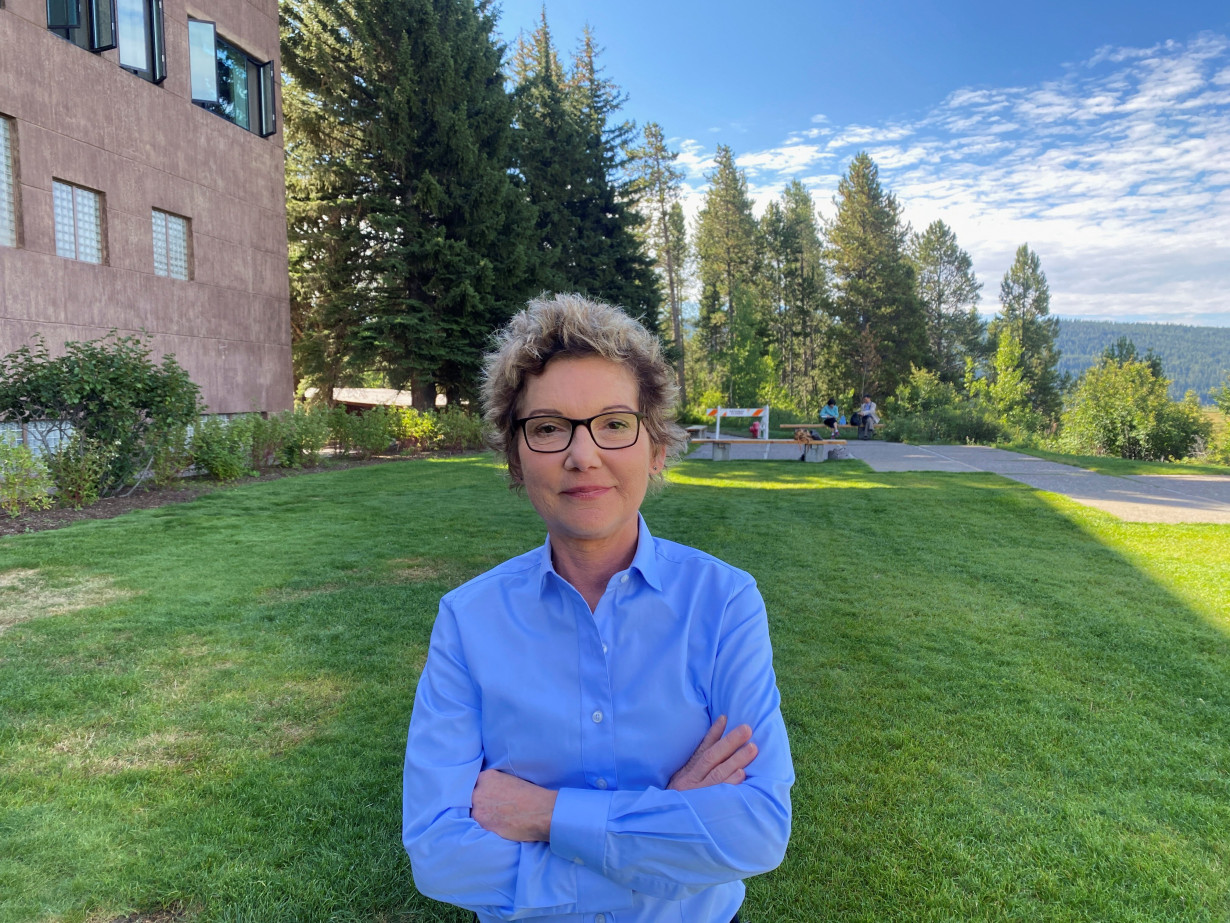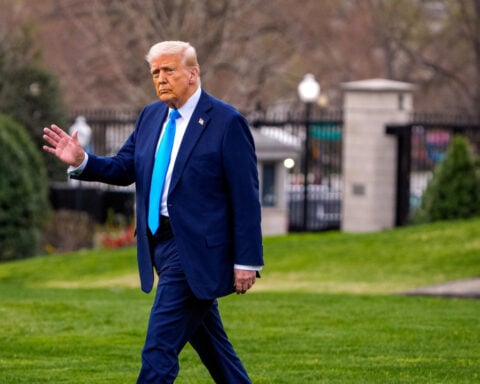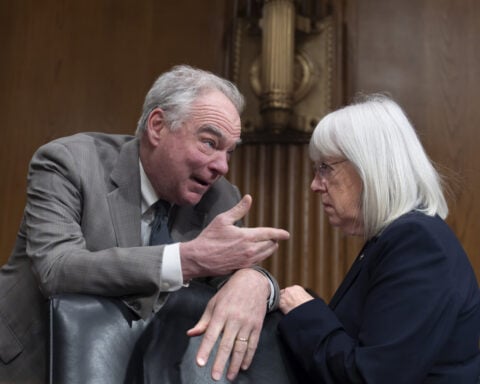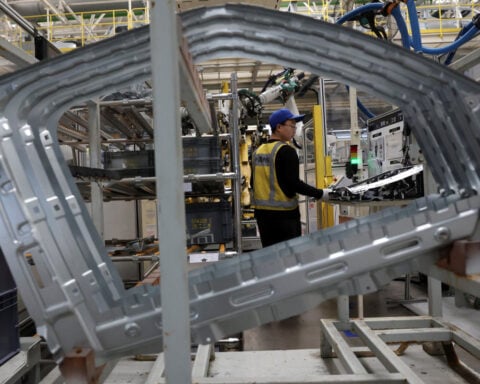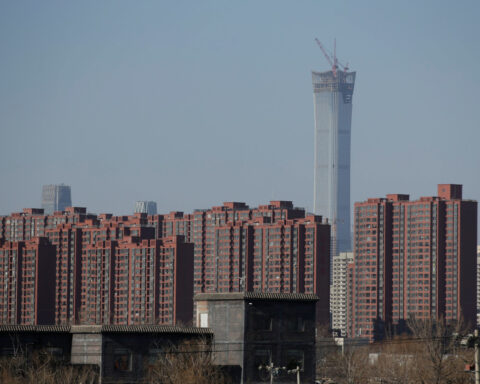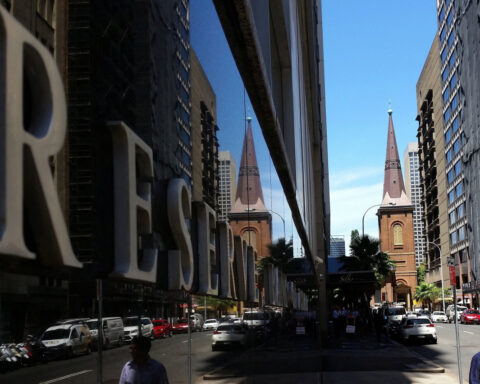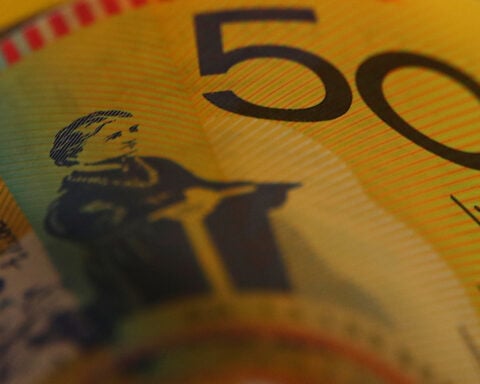By Ann Saphir
(Reuters) -San Francisco Federal Reserve Bank President Mary Daly still sees two interest-rate cuts this year as a "reasonable" projection, but the recent plateauing of inflation progress gives her less confidence in that outlook, and with the labor market solid and the economy still growing, policymakers can wait to reduce rates until they assess how businesses will adjust to tariff costs.
Speaking by phone in an initial interview late Thursday from Fairbanks, Alaska, Daly said local business and community leaders there expect that tariffs will increase their costs and are strategizing about how to find workarounds, but they also expect some levies to be relaxed over time, or to allow for some exceptions.
Meanwhile inflation has come down from its peak, and the Fed's interest-rate cuts last year mean that projects businesses had put on hold are now "penciling out," and they are going ahead with them, she said.
"We have no reason to rush to judgment because policy is in a good place, the economy is in a good place, and so we can take the time that is needed to really assess the total impact, to learn the scope, magnitude, and timing of the actual final tariff packages, and then also learn about the impact on the economy," Daly said.
U.S. central bankers last week left their policy rate in the 4.25%-4.50% range, and the bulk of them signaled that two quarter-of-a-percentage-point interest-rate cuts by yearend would likely be appropriate, the same rate-path signal they gave in December.
"That's my posture: I haven't changed my projection since last year because... I don't have enough information to make that change," Daly said. "We need to give the new administration and the industries that are being affected by it time to understand what's being changed and adjust to those changes and then see the impact it has on prices and growth and the labor market. And right now, we just don't know."
That said, data on Friday showing underlying inflation rose 0.4% in February - the most in more than a year - and a survey from the University of Michigan flagging a sharp rise in consumer inflation expectations are not helping her base case, Daly said in a follow-up phone call on Friday.
"One hundred percent of my focus is on what's happening with inflation," Daly said. "The progress there hasn't been so decisive that I'm comfortable starting any kind of rate path declines right now."
With monetary policy restrictive, she said, the most likely path for the economy is slowing growth, a cooler labor market, further progress on inflation - and, eventually, rate cuts. But the plateau on inflation progress also illustrates the rising risk that the economy veers from that benign path, she said.
While true stagflation - stalled economic growth paired with high inflation - is still an unlikely tail risk that business contacts do not expect, she said, she does see a bigger chance of other scenarios.
"Six months from now you could find that growth in the labor market has remained relatively solid, but inflation has just not come down as expected. And so that would mean that adjusting the rate path wouldn't be warranted because we still are fighting to get inflation towards our 2% goal," she said Friday.
On the other hand, she said, business and consumer sentiment "have gotten a little shaky of late; it could end up being that translates into changes in hiring plans, etcetera that could slow the economy more than we would like to see, and put it into a situation where there's more challenges and that would call for maybe a different posture."
(Reporting by Ann Saphir;Editing by Dan Burns and Anna Driver)

 Trump has begun another trade war. Here's a timeline of how we got here
Trump has begun another trade war. Here's a timeline of how we got here
 Canada's leader laments lost friendship with US in town that sheltered stranded Americans after 9/11
Canada's leader laments lost friendship with US in town that sheltered stranded Americans after 9/11
 Chinese EV giant BYD's fourth-quarter profit leaps 73%
Chinese EV giant BYD's fourth-quarter profit leaps 73%
 You're an American in another land? Prepare to talk about the why and how of Trump 2.0
You're an American in another land? Prepare to talk about the why and how of Trump 2.0
 Chalk talk: Star power, top teams and No. 5 seeds headline the women's March Madness Sweet 16
Chalk talk: Star power, top teams and No. 5 seeds headline the women's March Madness Sweet 16
 Purdue returns to Sweet 16 with 76-62 win over McNeese in March Madness
Purdue returns to Sweet 16 with 76-62 win over McNeese in March Madness
